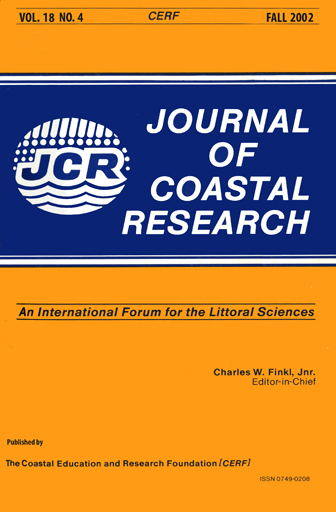Historic Shoreline Change at Lake Tahoe From 1938 to 1998 and its Impact on Sediment and Nutrient Loading
Keywords:
Lake Tahoe, shoreline erosion, phosphorus, nitrogen, nutrient loadingAbstract
The goal of this study was to estimate sediment and nutrient loading into Lake Tahoe from shore zone erosion over the last 60 years. We first developed a GIS database of georectified aerial photographs from 1938 to 1998 to track shoreline changes over the last 60 years. The study was augmented by field studies and collection of sediment samples for nutrient analyses. Approximately 80 samples were collected and analyzed for phosphorus and nitrogen content. Using the GIS database, surface areas of both eroding and accreting shoreline segments were calculated. For segments undergoing erosion, the areas were converted to volumetric estimates by estimating their thickness from 1918-1919 U.S. Bureau of Reclamation topographic maps with 1 and 5 foot contour intervals. Approximately 429,000 metric tons (MT) of sediment has been eroded into the lake from shore zone sources since 1938, equating to about 7150 MT per year. Using the nutrient concentrations from this study, approximately 117 MT of phosphorus and 110 MT of nitrogen have also been washed into the lake during the same time period. These values equate to about 2 MT per year of phosphorus and about 1.8 MT per year of nitrogen and are considered to be accurate within a factor of two. Although the nutrient loading values are still relatively small compared to other sources, the amount of sediment washed into the lake each year from shore zone erosion ranks second only to stream loading. Therefore, shore zone erosion is important to the sediment and, to a lesser extent, nutrient budget of Lake Tahoe.


